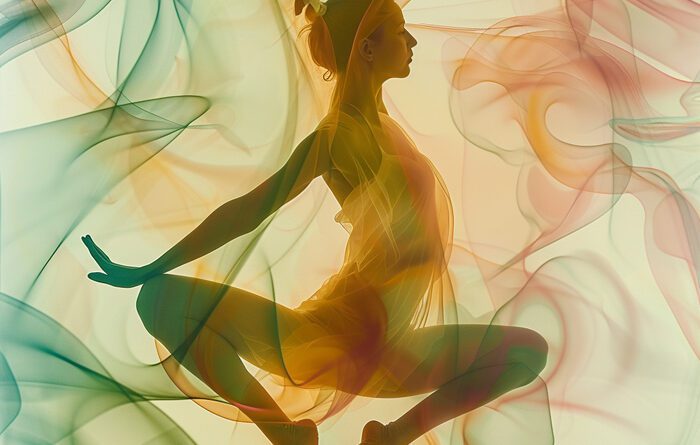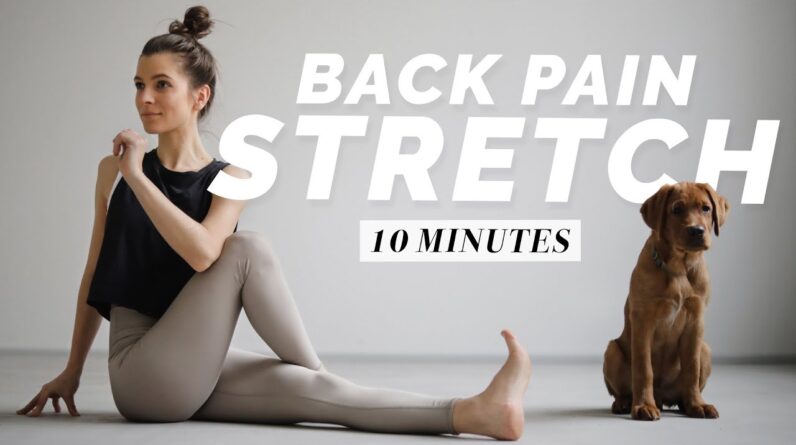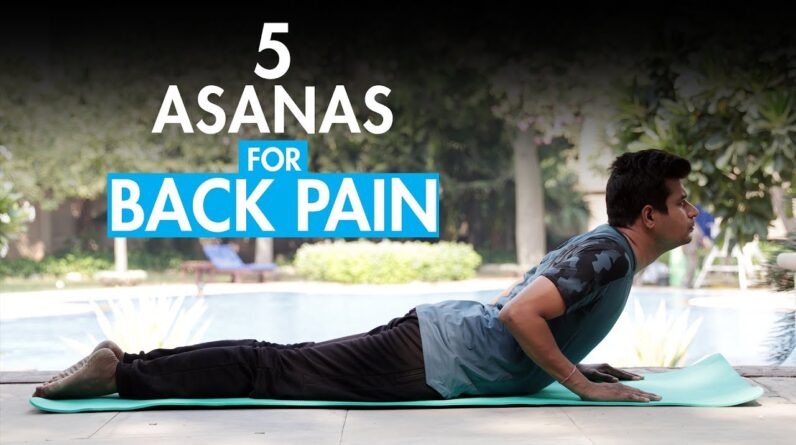If you’ve ever felt curious about embracing the holistic benefits of yoga but felt slightly intimidated by where to start, you’re in the right place. “Introduction to Yoga for Beginners” is your personal guide into the world of yoga, tailor-made for anyone taking their first steps on this transformative journey. From finding the right posture to understanding the flow of breath, this guide will gently navigate you through the basics, ensuring that you feel supported and confident as you embark on a path towards greater physical and mental well-being. Picture this as the beginning of a beautiful adventure, one where you are about to discover the harmony between body, mind, and spirit.
What is Yoga?
Yoga is an ancient practice that combines physical postures, breathing techniques, and meditation or relaxation. Originating in India over 5,000 years ago, yoga has evolved into a popular form of exercise and stress relief worldwide. Its history is rich and diverse, reflecting various traditions and philosophies.
Definition and Origins
At its core, yoga aims to promote harmony between the mind, body, and spirit. Its origins can be traced back to ancient Indian philosophy and sacred texts, including the Vedas and the Yoga Sutras of Patanjali. Initially, yoga was more focused on meditation and spiritual practice, but over time, it has incorporated physical elements, known as asanas, to help prepare the body for prolonged meditation.
Different Types of Yoga
There are several types of yoga, each with its unique focus and techniques. Hatha yoga is great for beginners due to its slower pace and focus on basic poses. Vinyasa yoga is more dynamic, linking movement with breath. Yin yoga emphasizes passive stretches to enhance flexibility and relaxation. Ashtanga and Power yoga are more physically demanding, offering a vigorous workout. There’s also Kundalini yoga, which combines specific poses, chanting, and meditation to awaken spiritual energy.
Yoga Philosophy and Principles
Yoga is more than just a physical practice; it encompasses a way of living that promotes a balanced and harmonious life. The philosophy behind yoga includes principles such as non-violence, truthfulness, and contentment. These ethical guidelines encourage practitioners to lead lives that are empathetic, honest, and self-aware.
Benefits of Practicing Yoga
Physical Health Benefits
Yoga offers numerous physical benefits, including increased flexibility, strength, balance, and endurance. Regular practice can also improve cardiovascular health, aid in digestion, and help with pain management, including chronic conditions like back pain and arthritis.
Mental Health Benefits
Practicing yoga has been shown to reduce stress, anxiety, and depression. The meditative aspects help to clear the mind, improve concentration, and promote a sense of calm. By focusing on the present moment, yoga helps to combat the effects of stress and promotes mental clarity and peace.
Spiritual Benefits
For many, yoga is a spiritual practice that helps connect with a higher self or a greater purpose. It encourages mindfulness, compassion, and gratitude, helping practitioners to find deeper meaning in their lives.
Benefits for Stress Relief
One of the most immediate benefits of yoga is its ability to soothe the nervous system and promote relaxation. Breathing exercises and meditative practices are particularly effective for managing stress and creating a sense of inner peace.
Getting Started with Yoga
Choosing the Right Type of Yoga for You
Consider your goals, fitness level, and personal preferences when choosing a yoga style. If you’re looking for a gentle introduction, try Hatha or Yin yoga. For those seeking more intensity, Vinyasa or Ashtanga might be suitable. Don’t be afraid to experiment with different styles to find what resonates with you.
Finding a Yoga Class or Instructor
Look for classes at local studios, community centers, or online platforms. When selecting an instructor, consider their training, experience, and teaching style. It’s important that you feel comfortable and supported in your practice.
What You Need for Your First Class
All you really need is comfortable clothing that allows for full range of motion and a yoga mat. Some classes may use additional props like blocks or straps to help with certain poses, but these are often provided by studios.
Setting Goals and Intentions
Before starting, it’s helpful to set personal goals and intentions for your yoga practice. Whether it’s improving flexibility, finding stress relief, or exploring the spiritual aspects, having a clear intention can guide your journey and keep you motivated.
Basic Yoga Poses for Beginners
Mountain Pose (Tadasana)
This pose is the foundation for all standing poses. It teaches balance and alignment, grounding you through your feet and promoting a sense of steadiness and strength.
Downward Facing Dog (Adho Mukha Svanasana)
A key pose in many yoga sequences, it strengthens and stretches the entire body, particularly the shoulders, arms, legs, and spine, while encouraging blood circulation.
Warrior I (Virabhadrasana I)
This pose strengthens the legs and shoulders, improves focus and balance, and stretches the hips and thighs. It embodies the spirit of a warrior, building determination and courage.
Tree Pose (Vrikshasana)
Tree pose challenges your balance while strengthening your thighs, ankles, spine, and calves. It also helps improve mental focus and brings a sense of calm and equilibrium.
Child’s Pose (Balasana)
A restorative pose that gently stretches the hips, thighs, and ankles while calming the mind and relieving stress and tension. It’s a comforting pose that can be returned to at any point during practice.
Breathing Techniques
Importance of Breath in Yoga
Breath is a vital aspect of yoga, linking the body and mind. Proper breathing not only energizes the practice but also helps to focus the mind and calm the nervous system.
Ujjayi Breath (Ocean Breath)
This breathing technique involves breathing through the nose with a slight constriction in the back of the throat, creating a soothing ocean-like sound. It helps increase oxygen flow and build heat in the body.
Alternate Nostril Breathing (Nadi Shodhana)
This technique is believed to balance the right and left hemispheres of the brain, reduce stress, and enhance mental clarity. It involves alternating the breath through each nostril, using the fingers to open and close them.
Meditation and Mindfulness in Yoga
Introduction to Meditation
Meditation involves focusing the mind to achieve a state of deep peace. In yoga, it’s often practiced after asanas and breathing exercises to integrate the benefits of the physical practice.
How to Practice Mindfulness
Mindfulness means being fully present in the moment. You can practice this in your yoga by paying close attention to your breath, how your body feels, and the thoughts that arise during your practice.
Integrating Meditation into Your Yoga Practice
Begin or end your yoga session with a short meditation. Use it as a time to set intentions, reflect on gratitude, or simply focus on your breath to bring a sense of harmony and closure to your practice.
Yoga Sequences for Beginners
Creating Your Own Yoga Sequence
Start with a few minutes of breathing exercises to center yourself. Then, move through a series of poses, beginning with foundational poses and gradually including more challenging ones. Always end with a period of relaxation or meditation.
Sample Beginner Yoga Sequence
Begin with Mountain pose, transition to Downward Facing Dog, move into Warrior I, and then progress to Tree pose. Finish with Child’s Pose and a few minutes of meditation or deep relaxation.
Tips for Sequencing
Keep your sequences balanced by including a mix of poses that work different parts of the body. Pay attention to your breath, and move at a pace that feels natural. Always listen to your body, modifying or skipping poses as needed.
Common Challenges and How to Overcome Them
Feeling Overwhelmed or Frustrated
It’s normal to feel this way when starting something new. Remember, yoga is a personal journey, not a competition. Focus on your own progress and celebrate small achievements.
Dealing with Physical Limitations
Modify poses as needed, and don’t push your body beyond its limits. Consider working with a teacher who can offer personalized adjustments and recommendations.
Maintaining a Regular Practice
Set realistic goals and create a routine that fits your schedule. Even a few minutes of yoga each day can be beneficial. Find a community or class that supports and motivates you to stay consistent.
Yoga Etiquette
What to Wear
Choose comfortable, breathable clothing that won’t restrict movement. You’ll be bending and stretching, so ensure your clothes are suitable for these activities.
Yoga Studio Etiquette
Arrive early, turn off your phone, and be mindful of the space and those around you. Respect the teacher’s instructions and remember to clean up after yourself.
Respect and Community in Yoga Classes
Yoga is about personal growth as well as fostering a sense of community. Offer kindness and respect to your fellow practitioners and be open to learning from everyone’s unique journey.
Conclusion: Your Yoga Journey Ahead
Reflecting on What You’ve Learned
As you continue your yoga journey, take time to reflect on the progress you’ve made and the insights you’ve gained. Each practice is a step forward in your personal growth.
Staying Motivated
Keep exploring different styles, teachers, and techniques. Setting new goals and challenges for yourself can help keep your practice fresh and fulfilling.
Connecting with the Yoga Community
Engage with the wider yoga community, whether through classes, workshops, or online forums. Sharing experiences and support can enrich your practice and provide a sense of belonging.
Yoga is a lifelong journey that offers endless opportunities for discovery and growth. Embrace each moment, breathe deeply, and enjoy the path ahead. Namaste.







